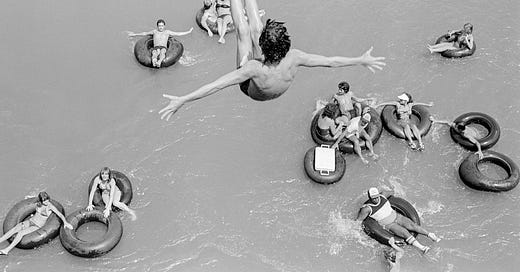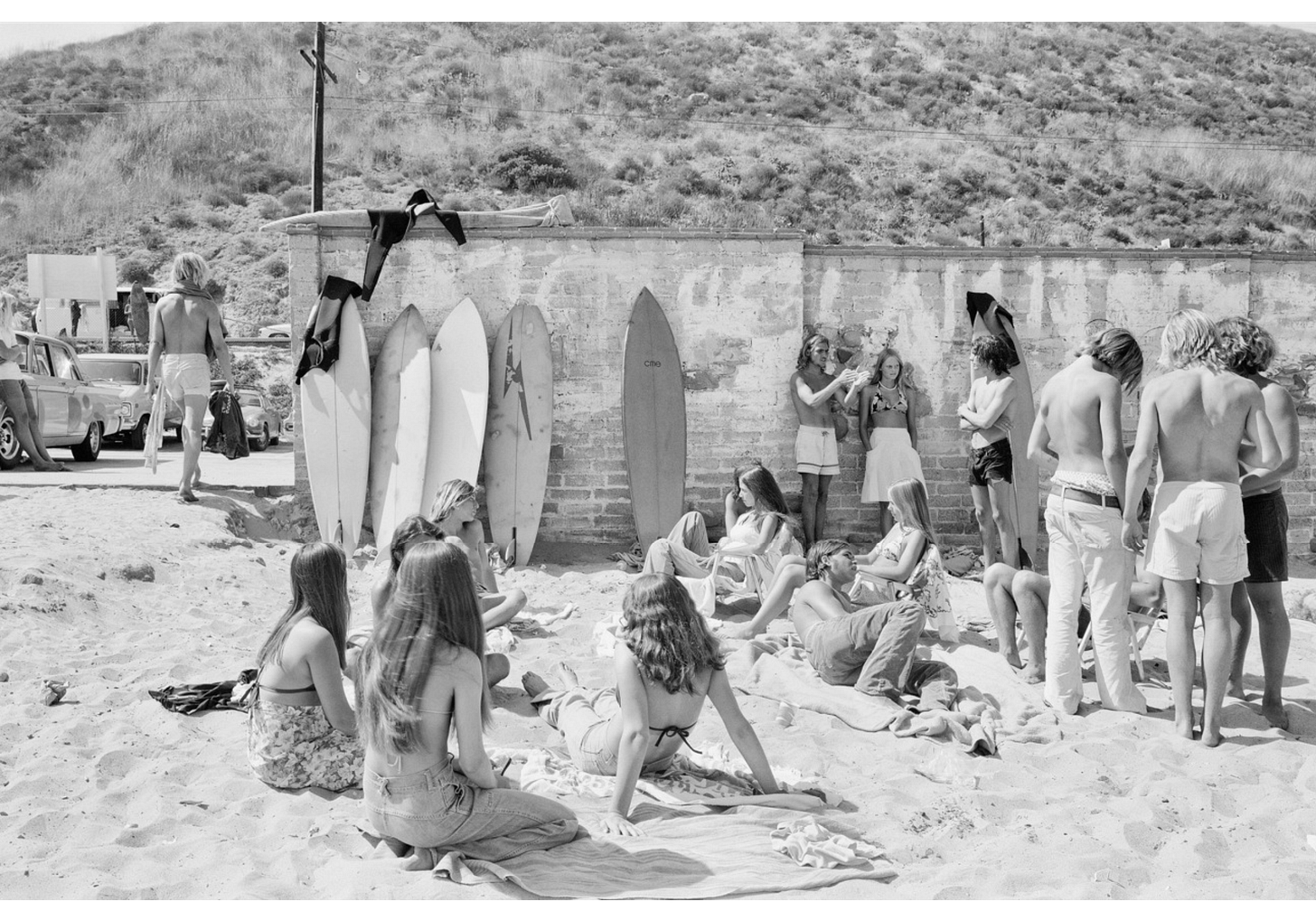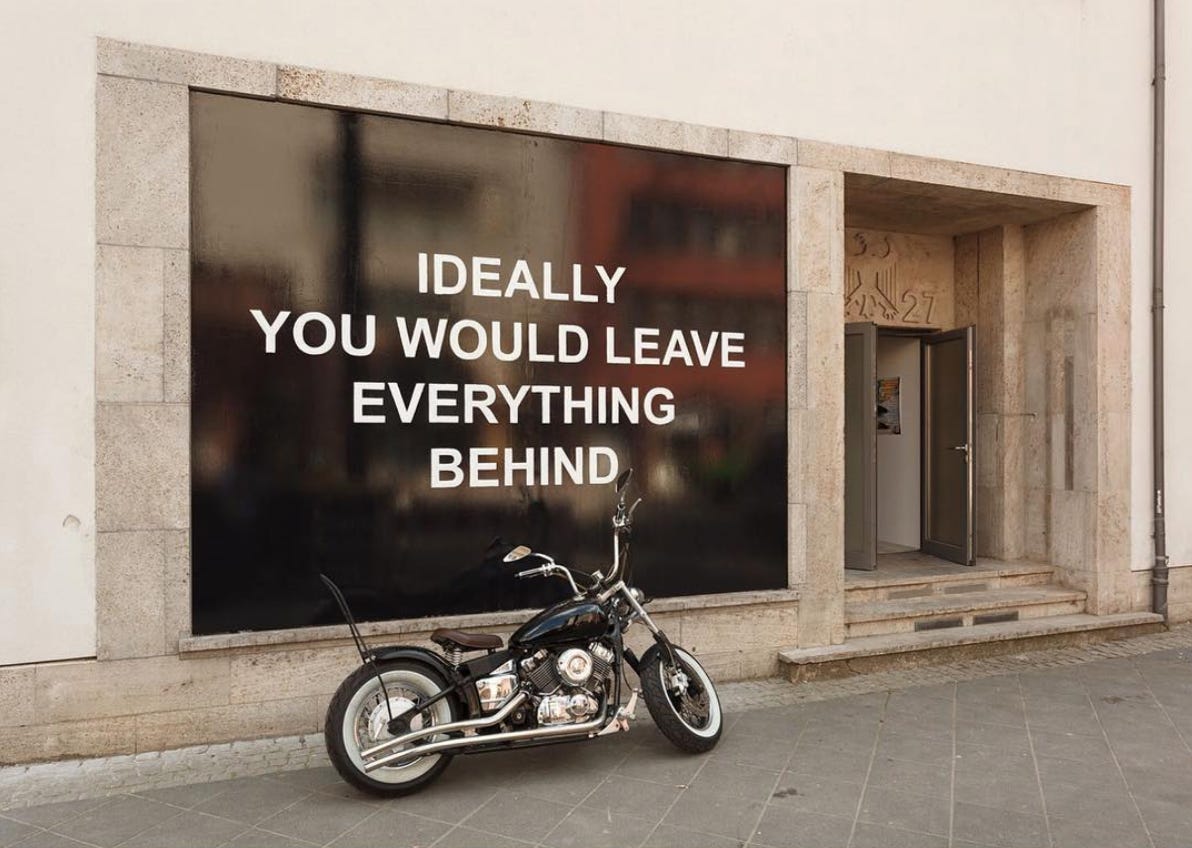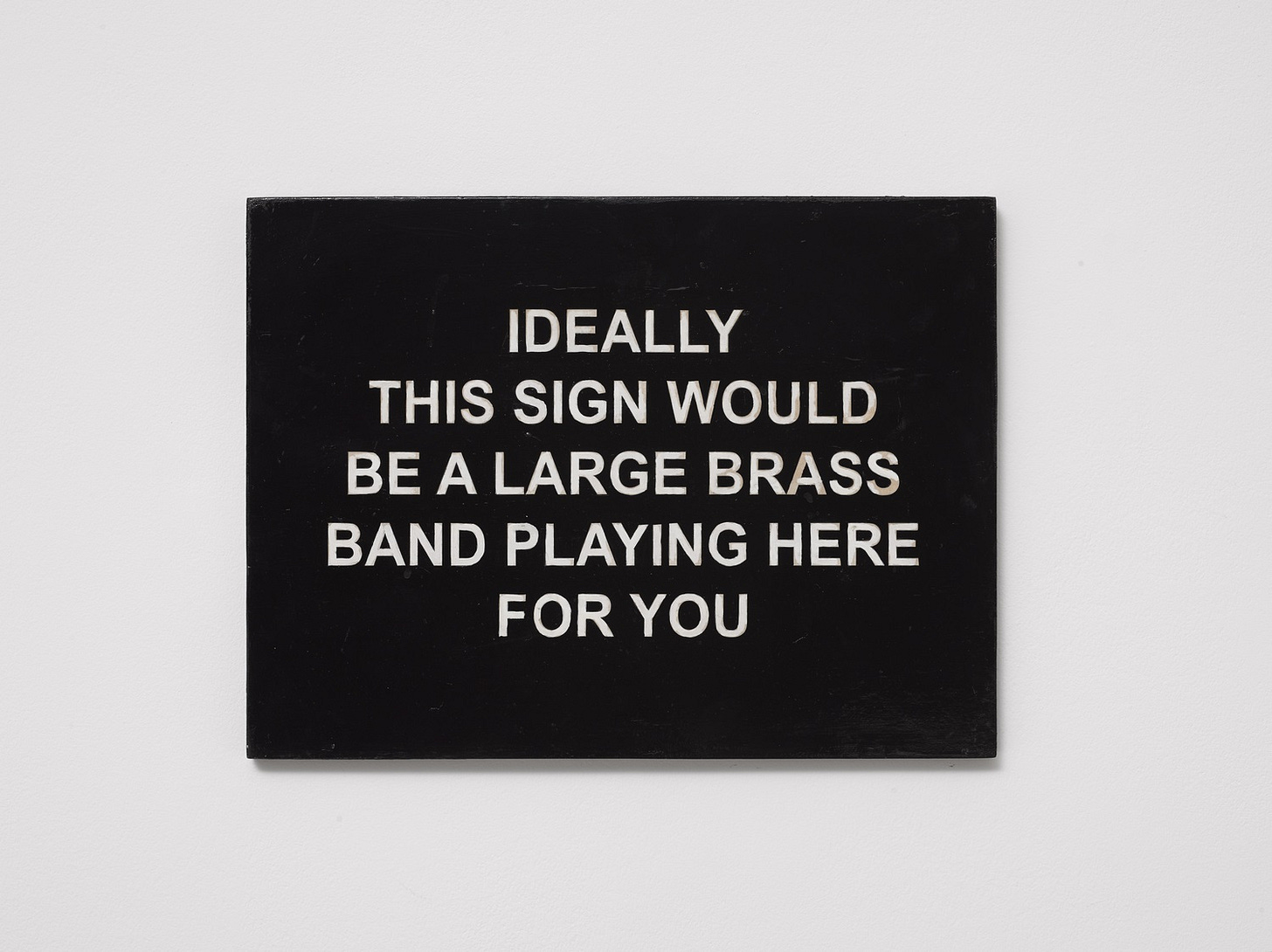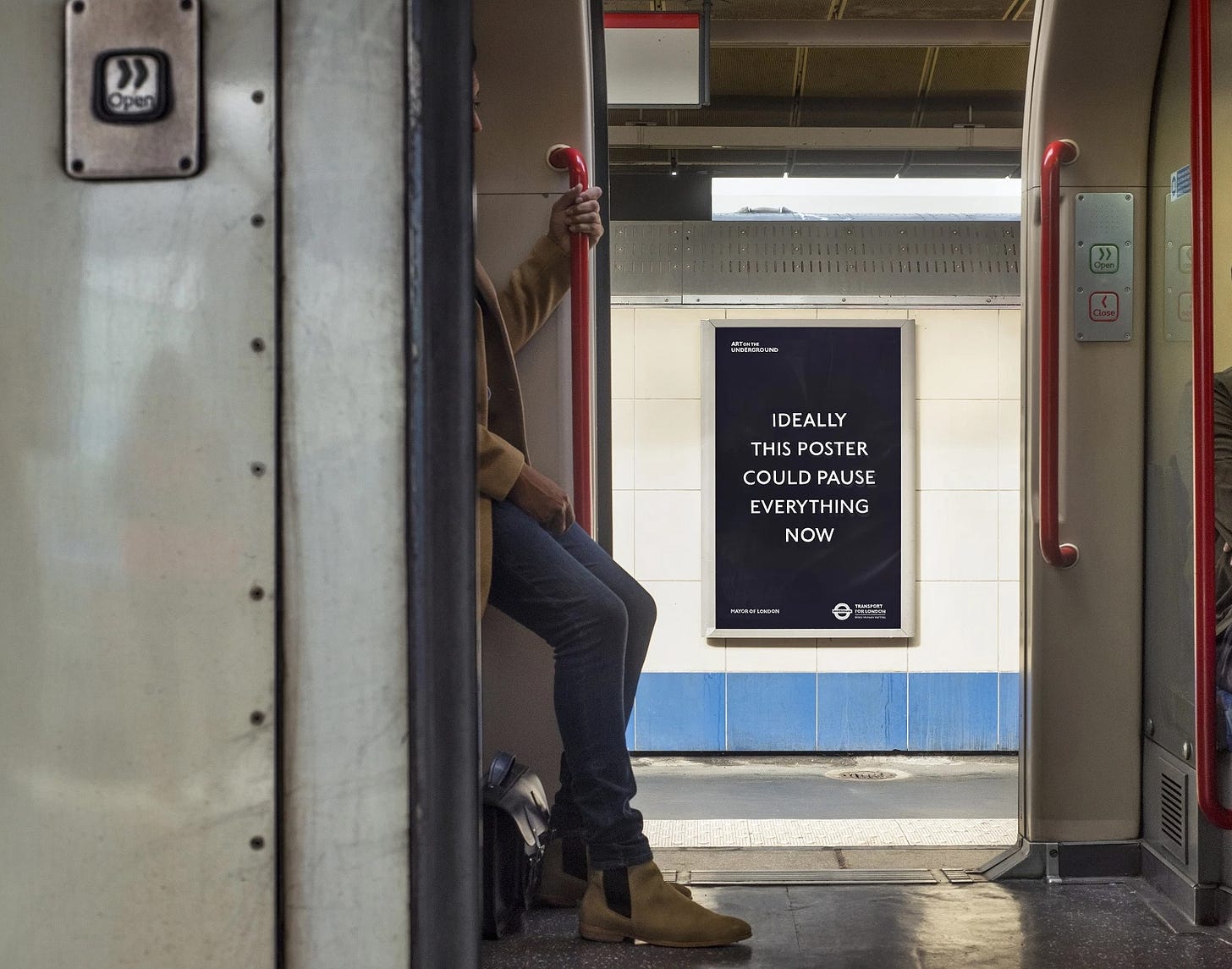“Because of the routines we follow, we often forget that life is an adventure… the sooner we realize that, the quicker we’re able to treat life as art.”
Maya Angelou
Sometimes a day goes by, and I feel as if somehow I missed it. I know it was busy and exciting, but there’s a sense that it didn’t leave anything behind, that my experiences - while vivid in the moment - didn’t quite take root or become a part of me.
I know all too well that there’s a thrill to staying active and that being “in motion” gives me a feeling of vitality and dynamism. But all it takes is a small look back to notice that I’ve done things simply to have done them, and that my excitement was a misleading euphoria (its buzz was temporary and thin).
A question I’ve been asking myself is:
How can I give my days a little more meaning and depth? How can I make sure that I’m not moving through time too shallowly?
I don’t have a clear answer yet, but I think it has something to do with how present I am in my experiences and - perhaps unexpectedly - the absence of any set goal. I seem to need both energetic activity and relaxed receptivity, directed effort with intervals of idle drifting.
It’s a tricky balance, and I’m still learning how to strike it. I want to engage with the world while keeping my bearings within it; I want to do good work while finding ways of laying back that enrich my existence. Maybe the first step is simply reminding myself that I have permission to do so.
Below are a few meditations in defense of leisure, offered to inspire your own exploration of the subject. If there’s one lesson I’ve taken to heart, it’s that the most satisfying forms of relaxation are uniquely personal - not generalized precepts or flatly prescribed protocols.
Small Pleasures: A List
patterned rugs
old stone walls
the sound of church bells
the stillness of moonlight
wine & good conversation
rain on tin roofs
sunlight pouring into a room
scanning bookshelves
the pressure of curiosity
an empty highway at night
crushes at the train station
when her smile breaks out suddenly
long, solitary walks
when my shoes slip off
barefoot dancing
chamomile tea & honey
a book that feels like a friend
a very red-orange sunset
abandoned buildings
beer can bonfires
that bench in the park
the weight of blankets in winter
when friends send me music
Shelves vs Sunshine: A Visual Essay
99 Cents, Andreas Gursky 1999
Salt River, Arizona, David Hurn 1980
Amazon, Andreas Gursky 2016
Malibu, The Beaches, Tod Papageorge 1975
Panorama: A 30 Second Meditation
Here’s what you do. Look directly ahead of you. Soften your eyes and expand your field of view. See the world with peripheral vision.
Focus on seeing as much of your environment as possible - left, right, top, bottom - become sensitive and open to the scene around you. Take it all in: the colors, the light, the forms, their movement… not focusing on anything in particular, allow your eyes to absorb everything in sight.
Now stop. Switch over to listening. Hear everything that’s happening: the traffic, the music, the runner’s steps, the wind in the trees, the conversation between friends, the laughter of children at play… become aware of how little you tend to experience… remember what it’s like to be truly alive.
Walking: A Suggestive Example
For three decades, the British artist Hamish Fulton has been recording his walks, listing their time, place, route, and climatic conditions. Their serious presentation - typically reserved for historic events - asks us to reconsider the significance of a simple stroll.
Ten One Day Walks From And To Kyoto, Hamish Fulton 1994
Fulton doesn’t share his thoughts or feelings; instead, his precise statements underscore the inherent dignity of walking itself. He invites us to recognize that certain strides (“on a circuit of ancient paths”) can be central events in our lives - when our inner transitions are guided by our outer wanderings.2
Ideally: A Call to Daydream
For Laure Prouvost, the act of imagining is an invitation to playfully reconsider the boundaries of reality. In her “Ideally” series, she weaves together fragments of everyday life with whimsical desires and surreal possibilities. Her work encourages us to consider that perhaps the most significant shifts in our lives are those that begin in the mind.
Ideally, Laure Prouvost 2021
Prouvost’s pieces suggest a life where the unexpected and the delightful are always within reach, where a moment of daydreaming can reveal hidden layers of meaning in the most familiar of settings. Her work invites us to see the world through a lens of light-hearted potential, where the line between reality and imagination is delightfully blurred.
Afterword: A Few Reminders
Right now will soon become long ago.
You are free to breathe and rest, even if things are left undone.
Roll against the traffic. Enjoy the scenic route.
The direct opposite of taking life for granted is an appreciation of the present moment, and the best way to honor your moments is to pay attention.
Remind yourself from time to time: this is it. See if there’s anything at all that can’t be applied to. Ask yourself: Am I here? Am I awake?
It’s hard to lead a poorer life by noticing more. Forget the future for a little while: look at the green things, smell the air, call your friends, and put your arms around her. It’s not too late.
I don’t always pay much attention to flowers, but I always like it when I do.
Remembering Nature, Art as Therapy, Alain de Botton 2013

